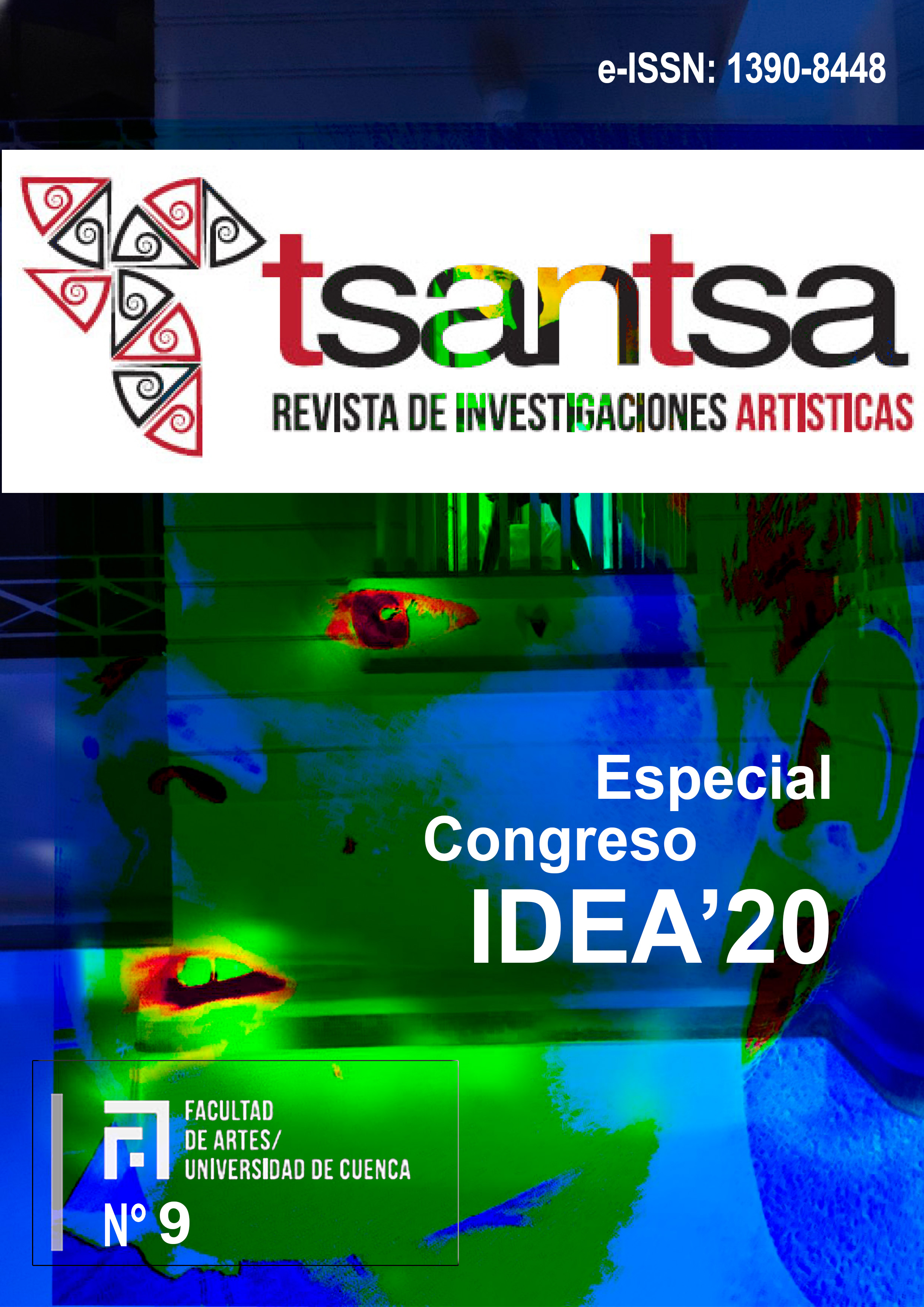Drawing as a creative method: the construction of a spatial idea in the work by Donald Judd
Abstract
Abstract:
The artist Donald Judd defended, as part of his minimalism, that his specific objects were made with industrial elements and processes, without his direct intervention on the matter. For it, he had to use plans and details, similar to those required in a building project. When studying all these drawings, it is discovered that they are not only a way of transmitting the concepts to the productive system, but they also serve to analyze and establish certain spatial categories that are related to composition, scale and perception. Likewise, the use of a creative instrument such as the dihedral or axonometric drawing characteristic of architecture ensured a relationship with it, which the minimalist author proposed programmatically. From the analysis of all these documents, where the characteristics of his spatial creations are defined, it is intended to know the artist's personal investigations that compose his theoretical discourse on space.
Keywords: architecture, drawing, Donald Judd, space, creative method.
Downloads
References
Flückiger, U. P. (2007). Donald Judd: Architecture in Marfa, Texas. Basilea: Birkhäuser.
Judd, D. (1965). Specific Objects. Arts Yearbook, 8, pp. 74-82.
Judd, D. (1993). 21 February 93. En: Fuchs, R. (ed.). Donald Judd: Large Scale Works. Nueva York: Pace Gallery, pp. 9-13.
Krauss, R. (1979). Sculpture in the Expanded Field. October, 8, pp. 30-44.
Maderuelo, J. (2008). La idea de Espacio en la arquitectura y el arte contemporáneos, 1960-1989. Madrid: Ediciones Akal.
Marchán, S. (1994). La historia del cubo. Minimal Art y fenomenología. Bilbao: Rekalde.
Muñoz, M. T. (2016). Dialéctica material: Donald Judd y Philip Johnson. Cuadernos de Proyectos Arquitectónicos, 6, pp. 8-13. Recuperado de http://polired.upm.es/index.php/proyectos_arquitectonicos/article/view/3215
Nodelman, P. (1988). Words about Pictures. Athens: University of Georgia Press.
Noever, P. (2003). Donald Judd: Architecture, Architektur. Nueva York: Hatje Cantz.
Peñaranda, L. (2013). El espacio de la ilusión: el caso de Donald Judd. Barcelona: Erasmus Ediciones.
Rojo, L. y Tuñón, E. (1993). Untitled. Reflexiones en torno a la obra de Donald Judd. Circo, 2.
Stangos, N. (1987). Conceptos de arte moderno. Madrid: Alianza Editorial.
Tuchman, P. (1981). Minimal Art. Madrid: Fundación Juan March.
Zaparaín, F. (2015). Le Corbusier: fotografía y difusión. La gestión de la imagen como actitud de vanguardia. Revista Indexada de Textos Académicos, 4, pp. 136-143. Recuperado de http://ojs.redfundamentos.com/index.php/rita/article/view/80
Zumthor, P. (2004). Pensar la arquitectura. Barcelona: Editorial Gustavo Gili.



